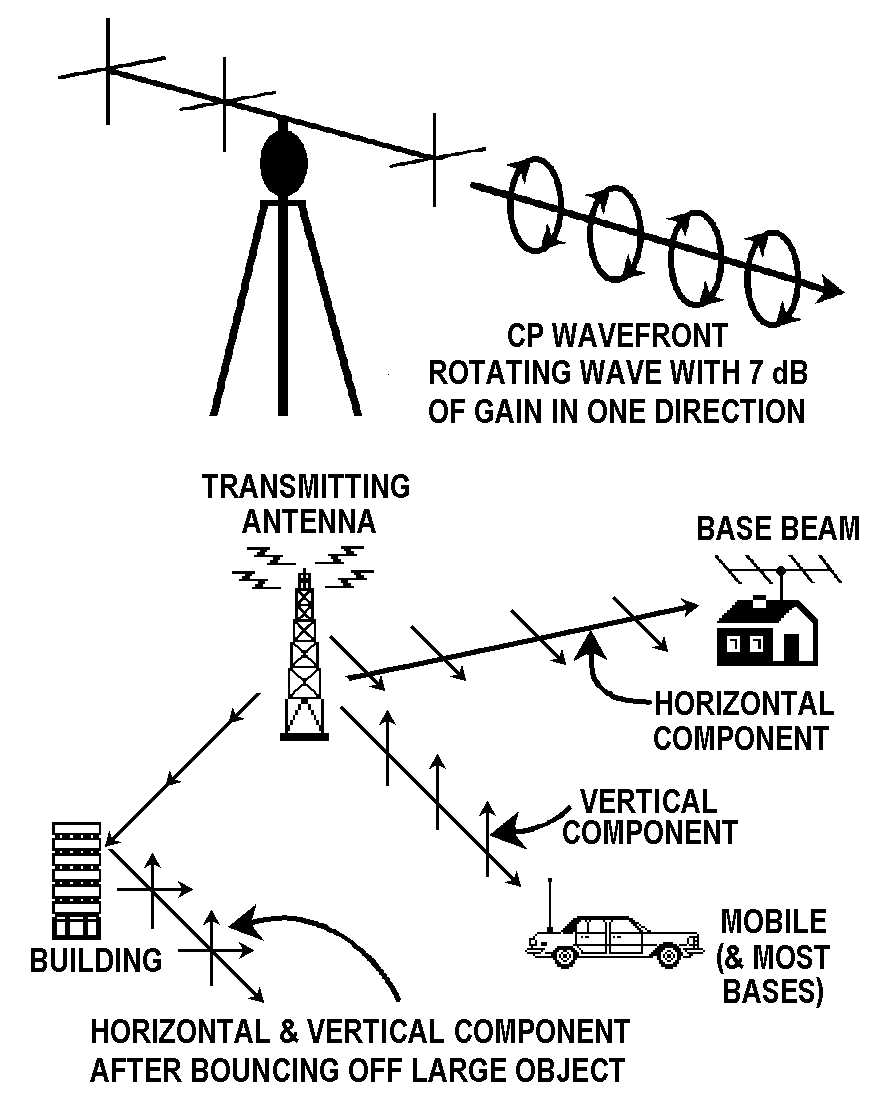Nope; don't know much about how it hooked up with the beam other than plugging it in. Like I said, It is probably a bear to go back n'forth between the gammas unless the harness comes with some paper to describe what you are trying to do. Interesting to try it though. Lou Franklin sells plans for a kit to build a circular polarized antenna. Looked interesting . . .
http://www.cbcintl.com/CP_Beam.htm
From Lou's site:
". . . Improved performance on skip signals.
Improved performance in hilly areas, or between tall buildings.
Talk to mobiles (vertical) or bases (horizontal or vertical) automatically and without switching.
3-element beam design gives 7 dB gain over a dipole.
Simple construction with common materials. Detailed, non-technical assembly and tuning instructions.
Circular Polarization (CP) is an idea borrowed from FM and TV broadcasters, who were faced with the problem of getting out to both cars (vertical) and homes (horizontal). CP is basically a rotating, twisting radio wave containing properties of all polarization angles, including all those in between vertical and horizontal. (Such as skip signals, signals from moving mobile whips, or signals bounced off hills or buildings.) Regardless of the antenna type used, most CB signals change their polarization as soon as they bounce off an object. With CP, it doesn’t matter. You’ll get out better and hear better, even if the other station is using a conventional antenna.
The other big advantage of CP is its elimination of multipath fading. You’ve probably experienced this as "ghosts" on your TV set when an airplane passed overhead. Or as fading when talking to a moving mobile. Since CP receives all polarization angles, it doesn’t matter what happens to the other station’s signal on its way to you. And when transmitting, the fact that your signal contains all types of polarization increases your chance of being heard by both local and skip stations. Finally, add to this the 7 dB beam effect. This is equivalent to a five-fold power increase! (A 4-watt CB sounds like 20 watts!). . ."

